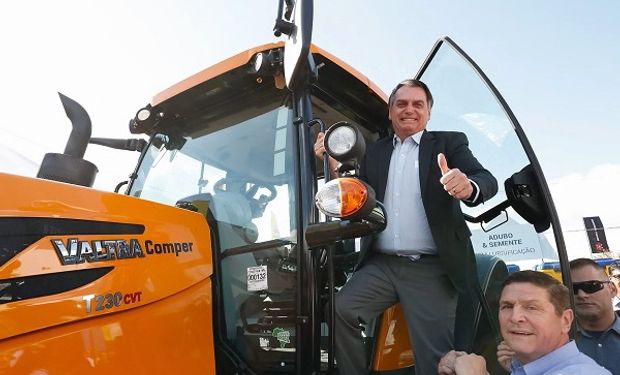There are fears that officers will soon no longer be able to cope with ‘organized fighting groups’ of football hooligans. That is what researchers from Bureau Beke write in the report published today The Fighting Deal Phenomenon: Four Years Later.
The groups of hooligans are trained better and more professionally. “As a result, the police will soon face better fighters than they are themselves,” Bureau Beke writes in the report. The research firm studied fight deals between football hooligans from 2017 to 2021.
Combat appointments are scheduled fights between hooligans from different football clubs in a protected location such as in a forest or under an overpass. The hooligans make agreements in advance about the number of participants that will participate in the fight.
But the fighting groups are increasingly popping up in public spaces, says researcher Joey Wolsink. “That makes it increasingly risky for society.” For example, several trained fighting groups took part in the corona riots.
This is what fights between hooligans look like:
–
Confrontations between hooligans
– –
In addition, fighting groups are increasingly unexpectedly attacking each other in public places, such as in catering establishments or in residential areas: so-called Hit-and-Run-actions. “The risk is greater in those public locations that uninvolved citizens will become victims of the riots,” says Wolsink.
“Worrying,” says the Amsterdam police chief Frank Paauw. Paauw has been involved in football violence and hooligans nationally for a long time. “There has always been a fear that the fight deals will move out of the forests and completely random civilians will end up there.”
Younger and stronger
Besides the shift of some of the fighting from secret locations to busy areas, Bureau Beke saw another important development in recent years. The fighting groups get younger and stronger as the groups select for the best fighters. Thanks to training and participation in battles, participants develop into ‘true fighting machines’, the research reads.
The organization and technique of the fighting groups are improving to such an extent that, according to Wolsink, ‘there is a risk that the police will lose out’. Fighting groups, for example, train on techniques to pull officers from police horses and they are less likely to give way when the riot police pulls a baton.
“The police have been confronted for a number of years with groups that are trained to work together,” says Paauw. Those groups also share methods of attacking the police. “That means we have to develop new techniques and tactics to be better prepared. We have to follow the movements of those groups better so that we can intervene earlier.”
cage fights
A third development described in the research is the rise of cage fighting. Members of fight groups participate in fights of the organization King of the Streets (KOTS), where they fight each other one on one in a cage.
Brian Hay is one of those KOTS fighters. On behalf of Feyenoord Hooligans he took part in two cage fights of King of the Streets† “In KOTS there are no rules, no time limit and you fight on a concrete floor,” he says. The fight continues until one of the two knock out is. “Either he lies, or I.”
–


